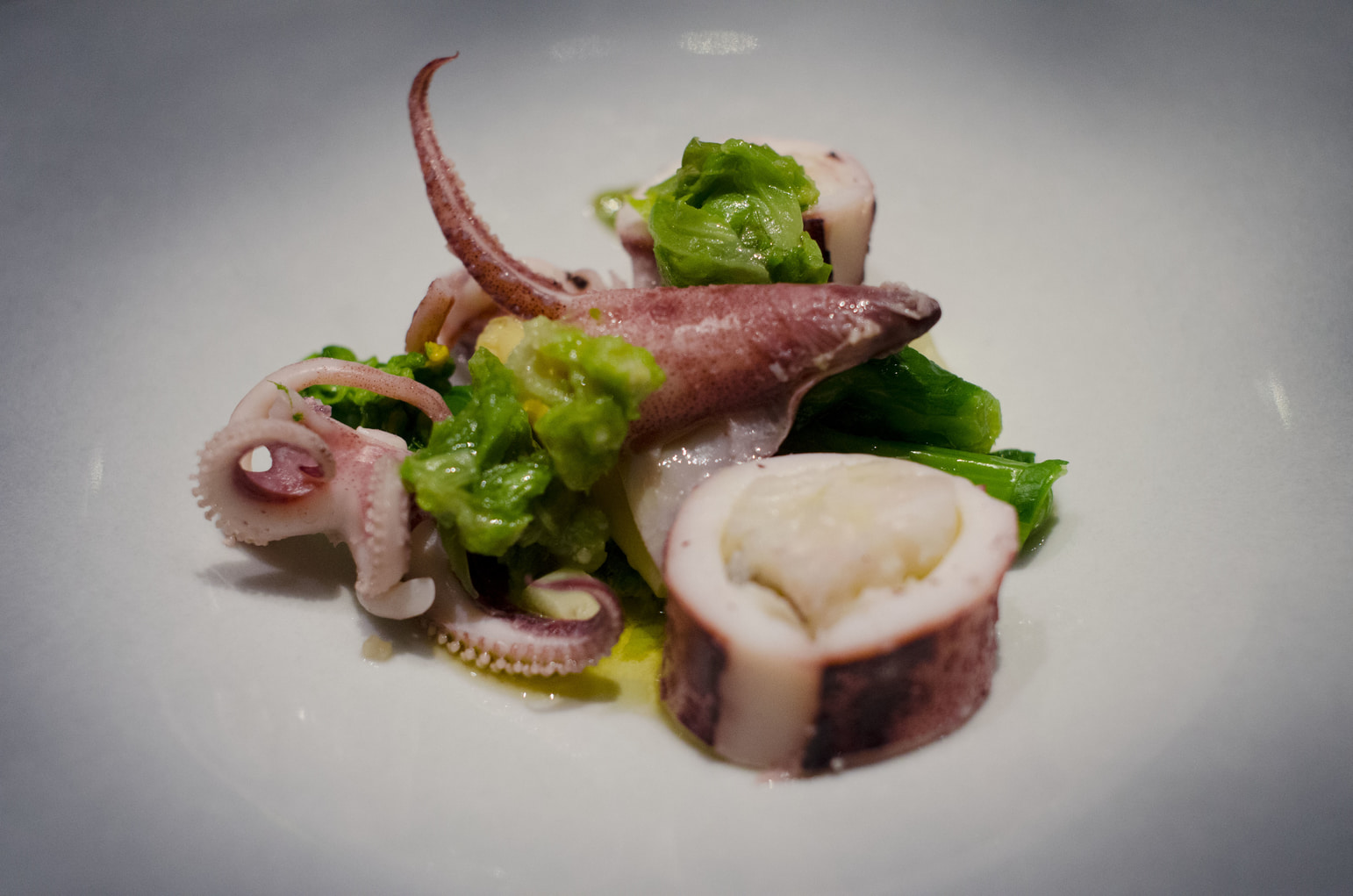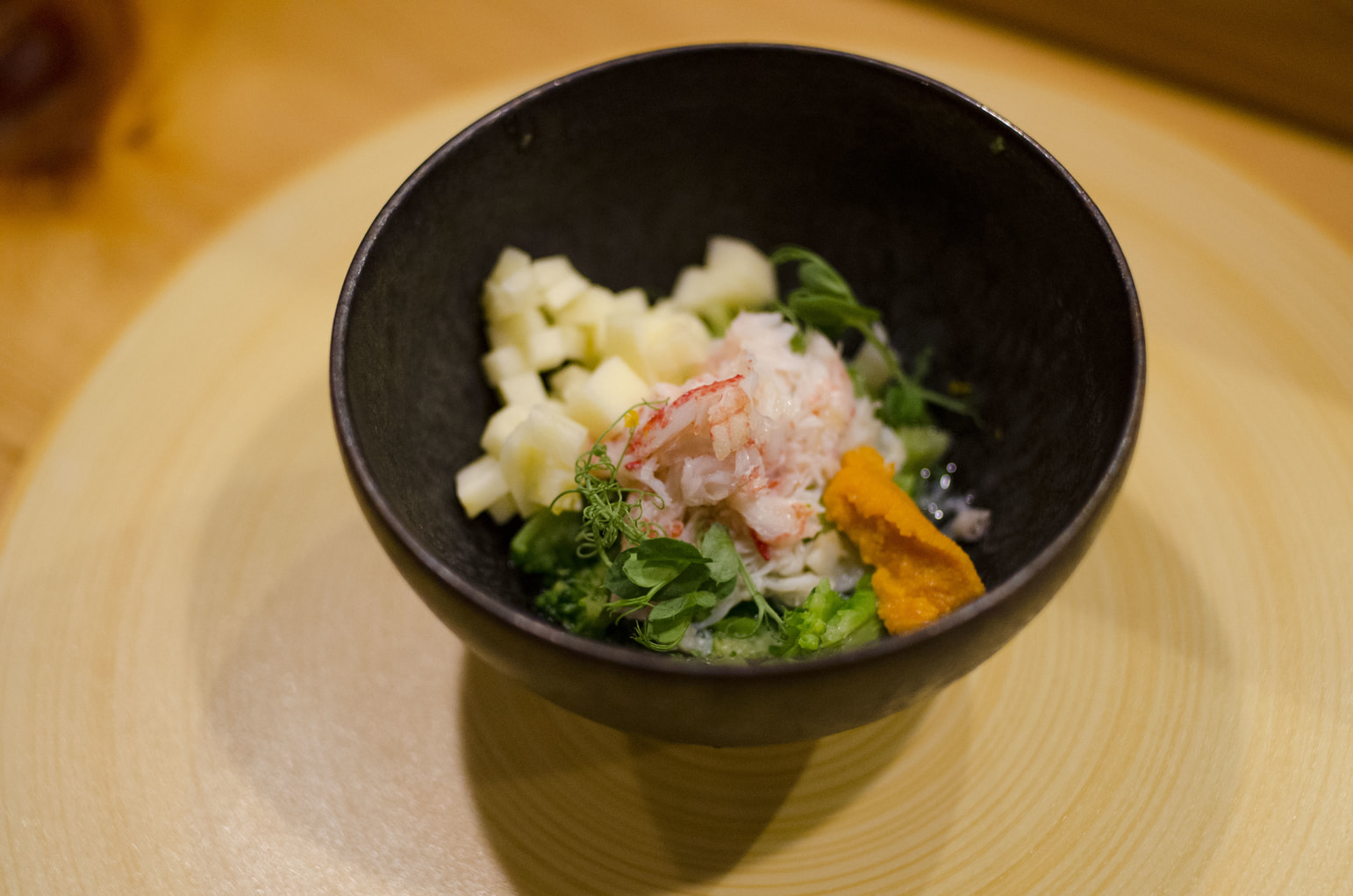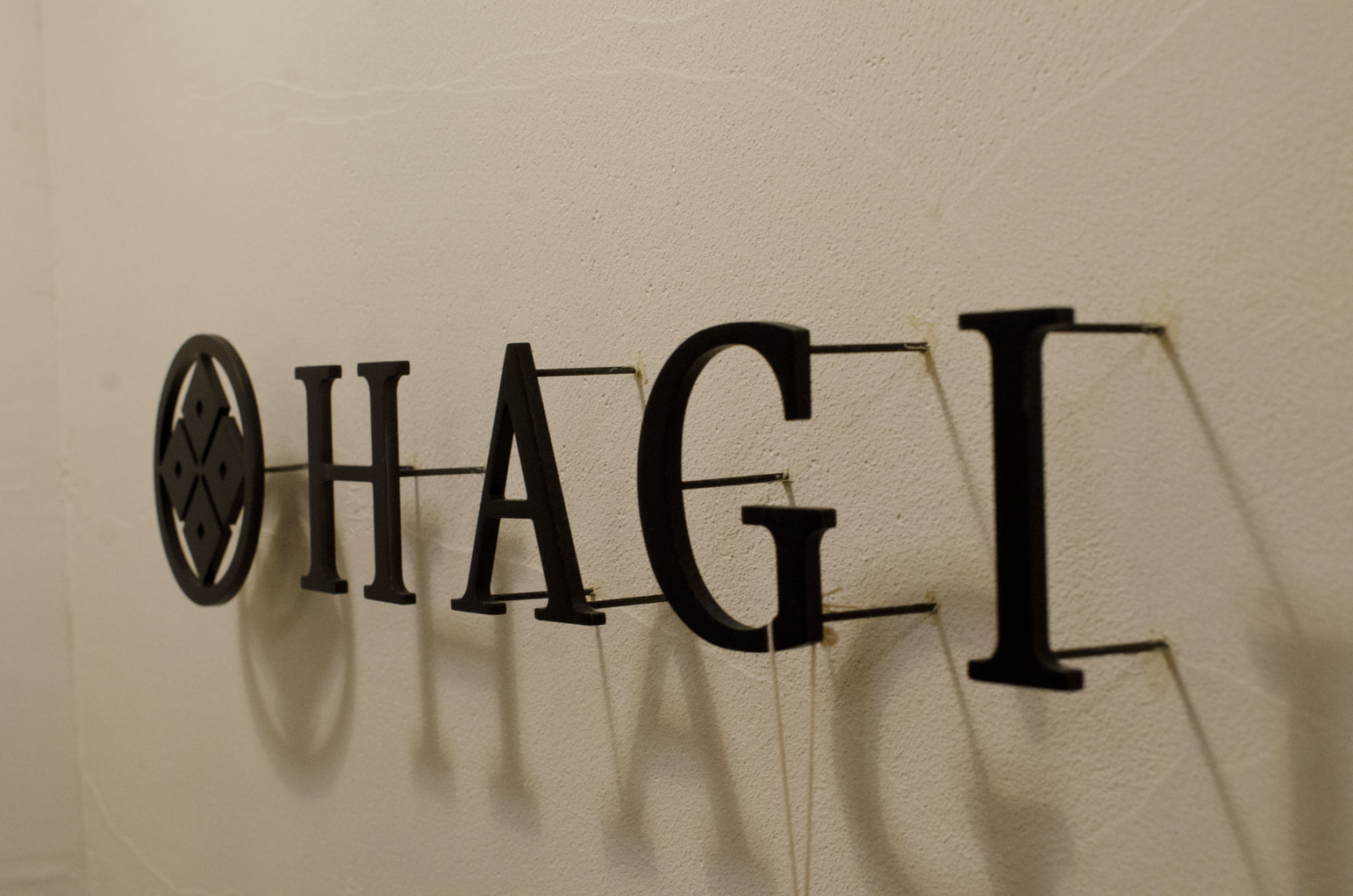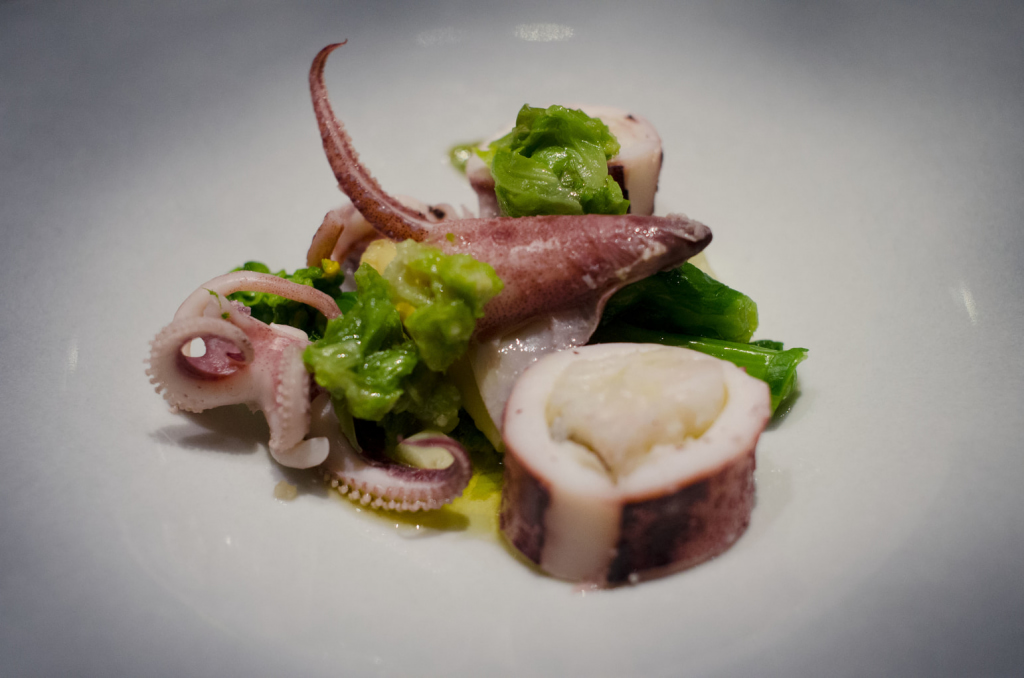On March 11, 2011 when a 9.0 earthquake rocked northeastern Japan, it pushed the island of Japan eight feet further east and shook the earth on its axis. The quake spawned a tsunami with 128-foot waves that extended six miles inland. Boats, trees, cars, and homes floated like toys. Nearby towns became lakes. TEPCO’s Fukushima Daiichi Power Plant suffered water damage, which led to a significant triple-core meltdown. High levels of radiation spread throughout Fukushima. According to Japanese officials, at the climax of the disaster, 470,000 residents were evacuated. 19,630 people were killed and 2,569 are still missing. The unimaginable became a reality.
Eight years later, with a vast continuing effort to decontaminate the region, Japanese officials say that the levels of radiation have fallen to levels similar to those in cities like Paris, Berlin, and New York. Monitors are constantly testing the area for radiation, specifically including the local vegetables, fish, and livestock. We recently took a trip to the region to see how things have progressed, visiting Fukushima towns including Iwaki, Narahara, and Hirono.
The Rebirth of J-Village
Prior to the 3/11 disaster, Japan’s J-Village soccer center, located in Hirono and Narahara, was a nationwide attraction. Opened in 1997, the facility served 450,000 people a year. It also hosted other sports like football, lacrosse, track-and-field, and table tennis. This was the place where professional athletes trained, parents watched their children play soccer, and kids became inspired.
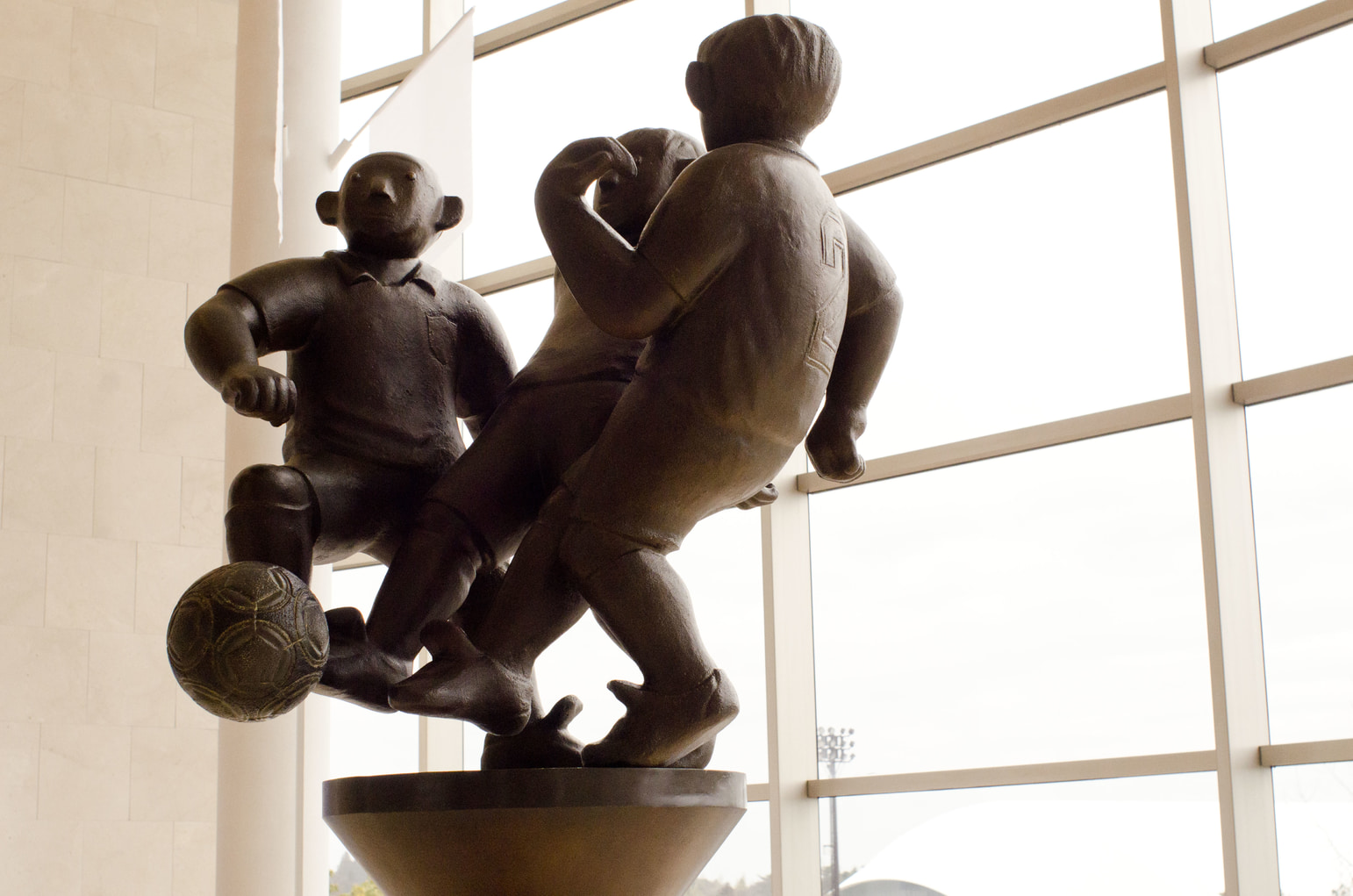
After the Great East Japan Earthquake, J-Village operations came to halt. Forced to close, the center was requisitioned as a base for cleaning up Fukushima’s power plant. Eventually the facility was torn down, but in anticipation of the 2020 Olympics and future endeavors, J-Village was reborn. With additional amenities and accommodations, the center now has 11.5 pitches, an indoor football field, 400-meter running track, a larger hotel, workout room, lecture hall, and cafeteria.
J-Village is scheduled to reopen on April 20 and is set to be one of the venues for the 2020 Olympics and Paralympics. Narahara Mayor Yukiei Matsumoto says that he expects around one million visitors to next year’s sports events. The reconstruction of Fukushima is a carefully planned attempt to move beyond 3/11. Matsumoto, who grew up in the region, vows to bolster and renew Fukushima back to its former luster.
Changing Perceptions About Food Safety
Aside from the media’s looped narrative of Fukushima’s catastrophe, often overlooked are the actual people who experienced it. Here, there are families who have been living in this part of Japan for centuries. In the town of Iwaki, Nagatoshi “Naga” Shiraishi is an 8th generation farmer. With a beautiful skyline of multi-colored mountains surrounding his property, he lives in a 142-year-old house that his family built. When asked if he grew up on this land, he says, “Yes, this used to be my playground when I was a child.” Spreading his arms wide, pointing at his rows of cabbage and broccoli, he says, “This is not only my working place, but when we had the disaster, we thought that we don’t have any more playground. That’s what I thought at first.”
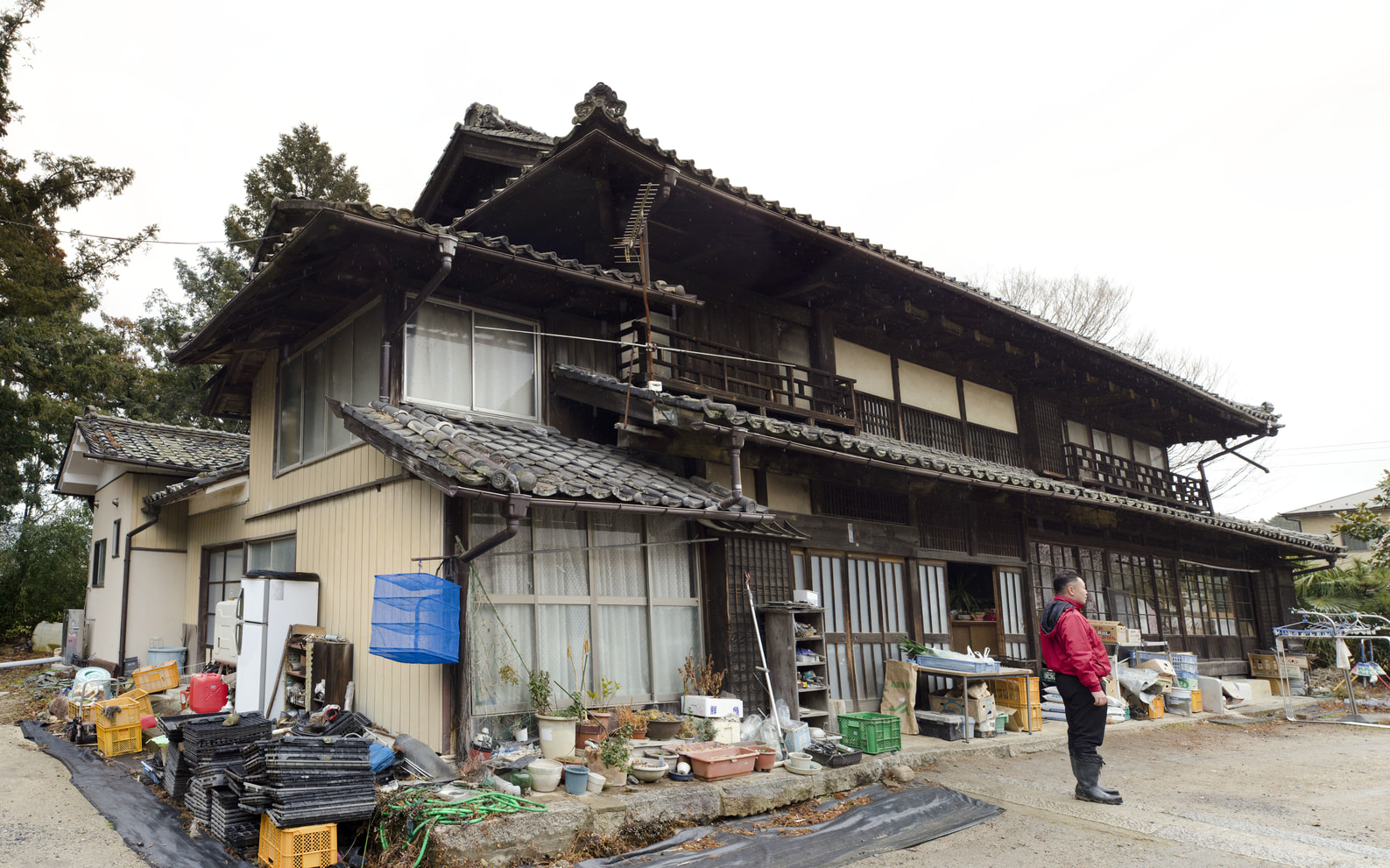
Nagatoshi “Naga” Shiraishi outside his home
Since his soil has tested negative for radiation, Shiaraishi believes his vegetables are safe to consume. But one of the main challenges he and other farmers are up against is the fact that TEPCO and the Japanese government’s mishandling of the meltdown has led to a skewed perception of Fukushima and the safety of the food. Iwaki is, however, moving to assist the town’s agriculture and despite people’s fear of eating local food, Shiaraishi has been determined to sell his fresh organic produce.
After the disaster, he and French restaurant owner and internationally acclaimed chef Hagi Harutomo became friends. “We had a lot of time to think and drink sake,” says Shiaraishi. Hagi had originally opened his restaurant in 1999 and had regular clientele who loved his cuisine. Following 3/11, however, he had no customers and was broke. All the ingredients he used for his restaurant had disappeared. “It was a shock to me,” says Hagi.
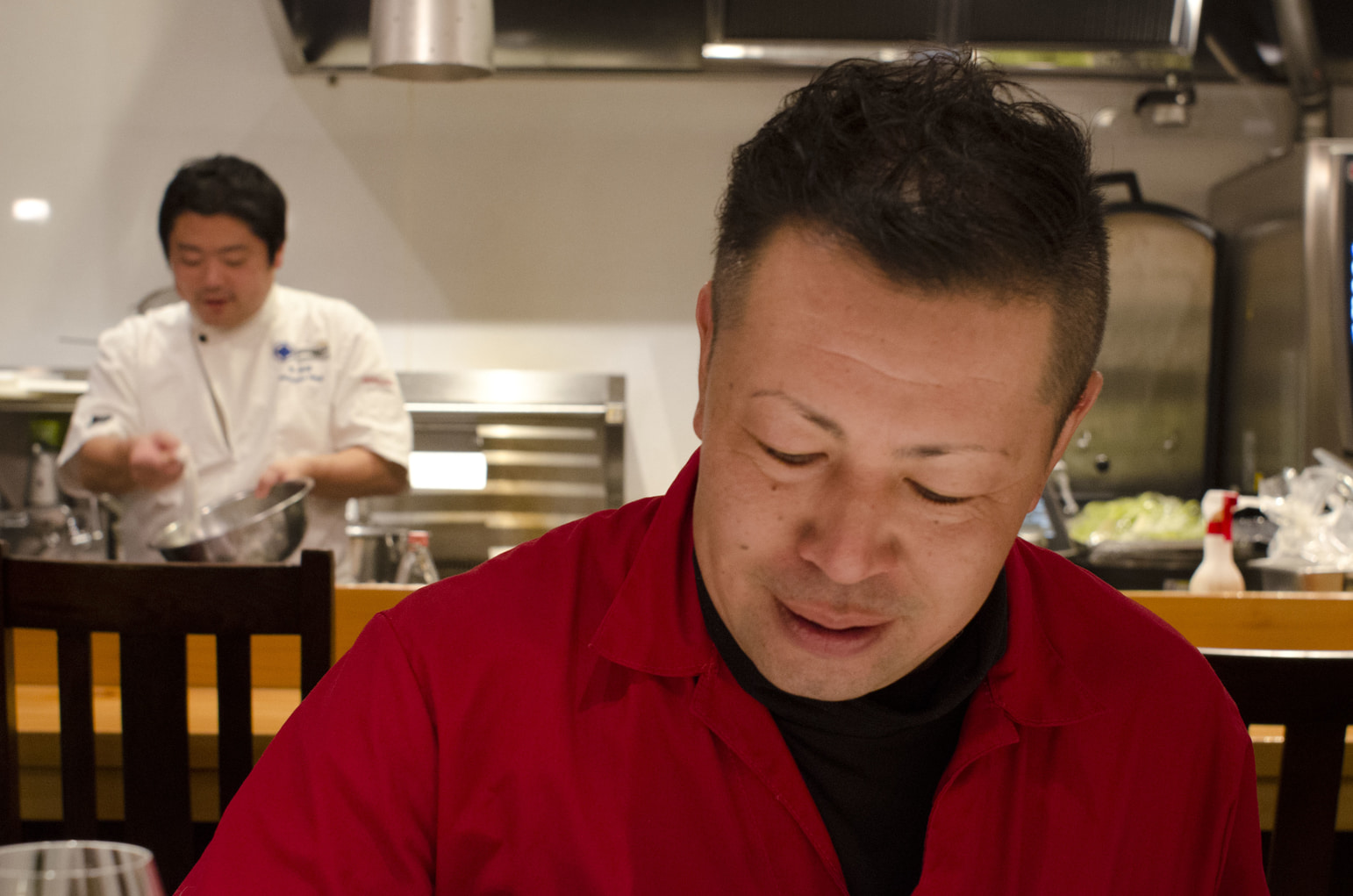
Chef Hagi Harutomo and Shiraishi
Hagi, as a show of solidarity to his community which was reeling from the disaster, decided to start using locally grown fruits and vegetables. Immediately after 3/11, local produce was scarce, but after three years, Hagi sourced homegrown ingredients from nearby farmers, including Shiaraishi, who don’t use chemicals or pesticides on their crops. “As a restaurant owner, I have a responsibility to provide safe and secure food, but I can buy that anywhere,” Hagi said. He realized that the local produce and fish were “a treasure.” They are unique to the region, which gives his food a sweet and elegant taste that embodies untold stories of the land.
In 2013, Hagi was invited to cook in Europe for French President Hollande and Monaco’s Prince Albert. The following year, The Japanese Ministry of Agriculture, Forestry, and Fisheries awarded Hagi The Ryori Masters prize. “When I first started using local vegetables, people laughed at me,” he says. Today, he’s the proud owner of a high-end French restaurant in Fukushima Prefecture that is exclusive enough that it only serves eight people a day.
